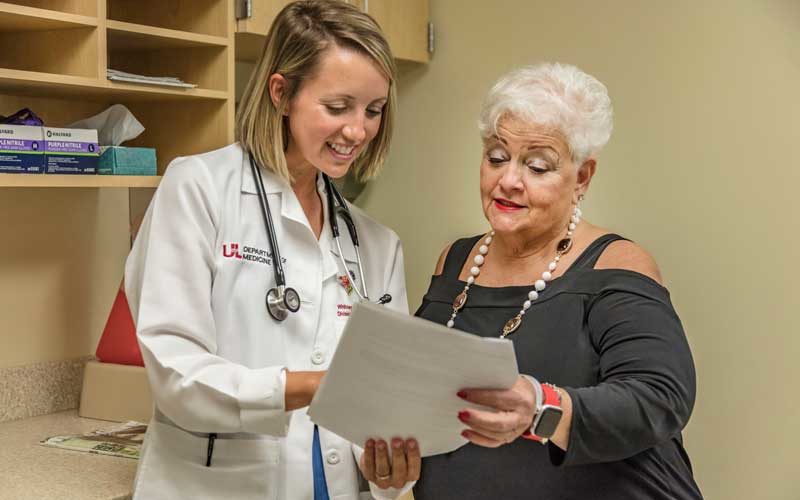Getting to Know Alma Kuhlemann
Alma Kuhlemann, Ph.D., CHI, has been with UofL Health for almost six years. As the translation coordinator and as a Spanish translator/interpreter for UofL Health – Language Services, Alma works with team members and providers throughout the organization to make document translation a reality for those wanting to give their patients clearly written instructions in…






